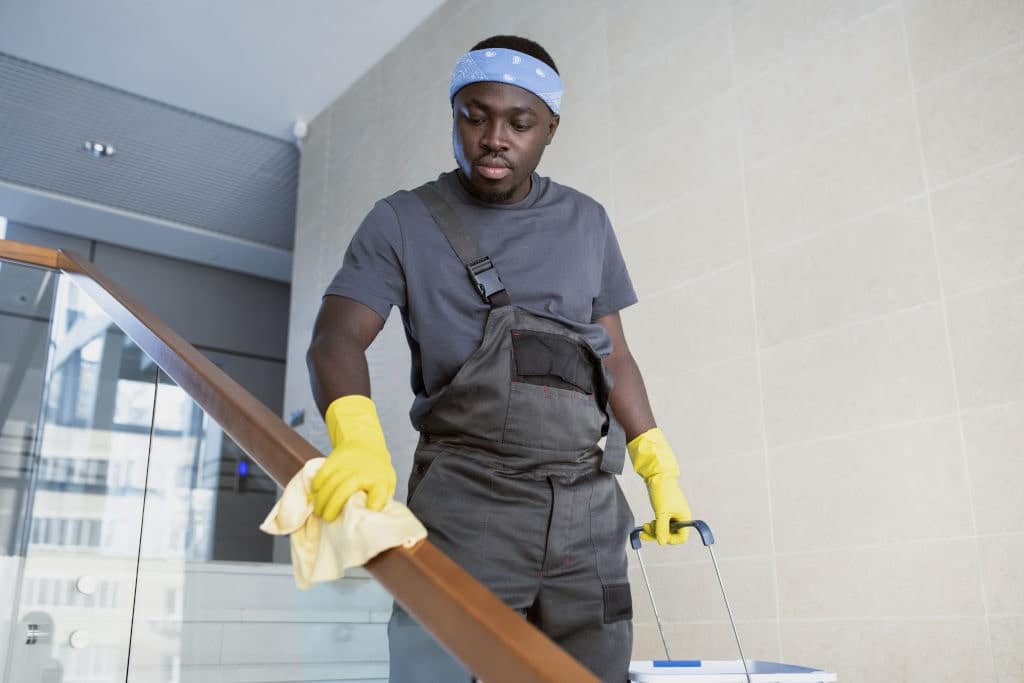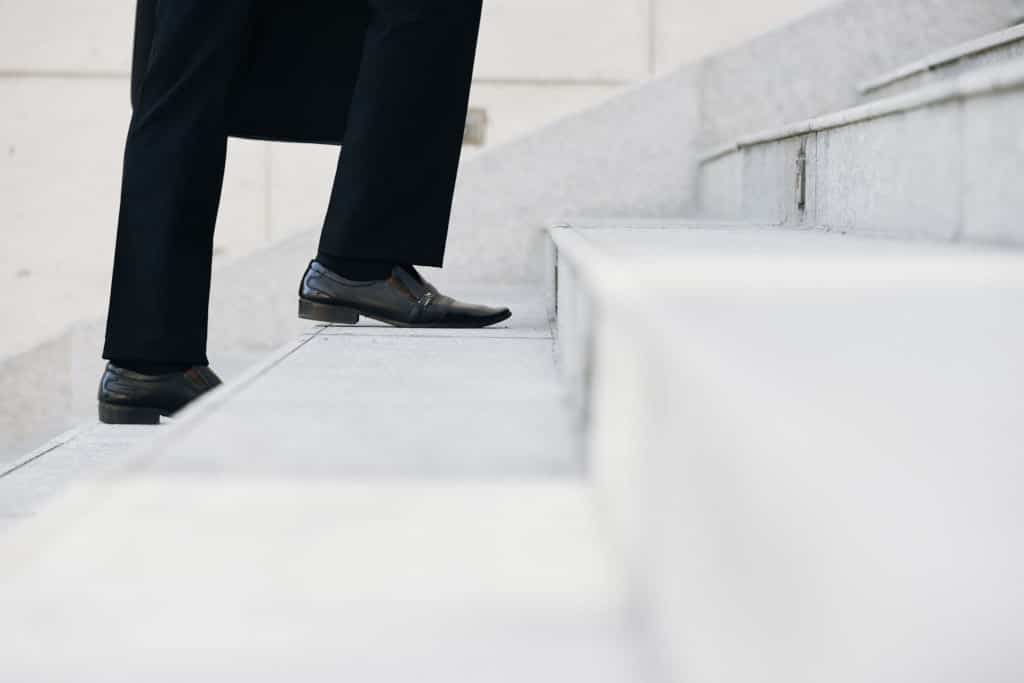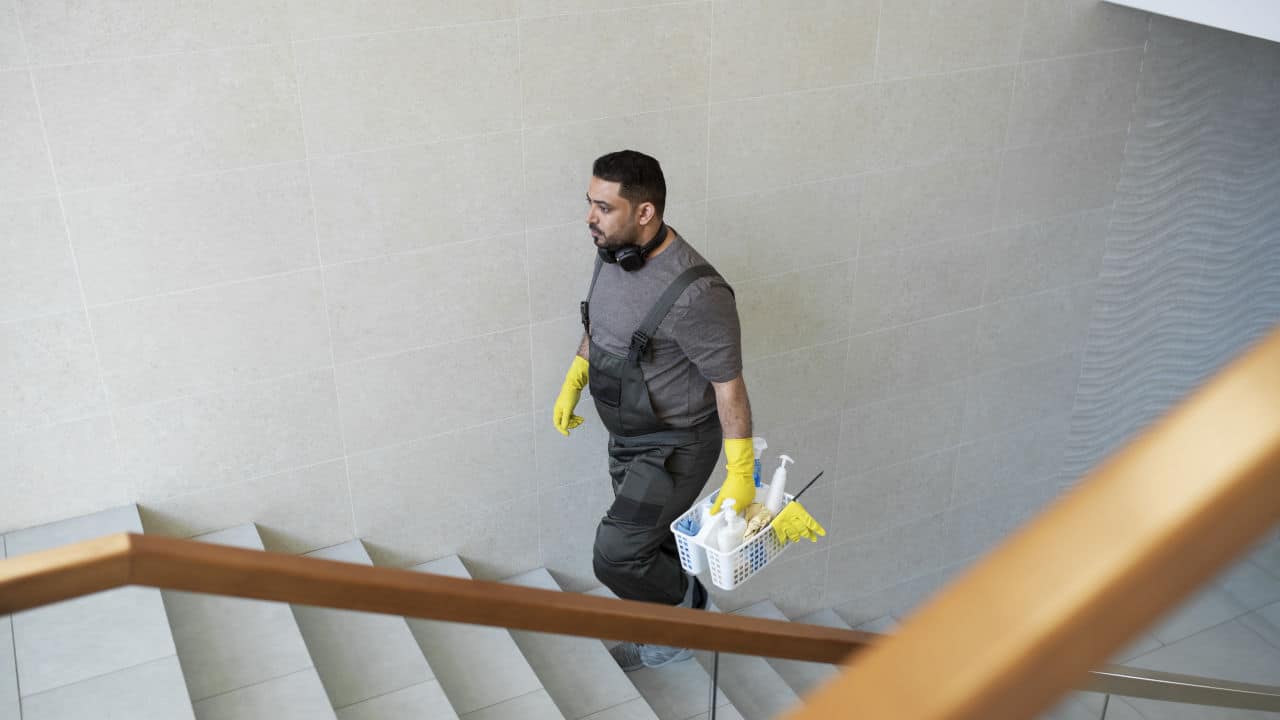Stairways exist in many places, including houses, apartment buildings, workplaces, restaurants, bars, shops, and schools. Going up or down a few steps, or even a flight of stairs is a frequent activity that many individuals engage in daily. While we might take the stairs without considering the risks involved, it is a fact that an incident of a stairway accident causes more than 1 million injuries and fatalities each year in the United States.
During a 23-year study period conducted by NEISS, it was found that an estimated 24,760,843 individuals were treated in emergency rooms for stair-related injuries. This led to an average of 1,076,558 patients annually, or 37.8 injuries per 10,000 Americans. These numbers warn that even using a simple stairway can be pretty hazardous.
On a staircase, losing balance frequently results in a violent fall down a bumpy surface with sharp edges. This is in contrast to tripping on a level surface. Therefore, any fall has the potential to be dangerous.
In addition, falls on stairs and steps can cause severe injury and occasionally even death.
About $12 billion is spent on medical expenses, missed income, and short- and long-term disability expenditures in the United States each year due to stairway accidents.
What Are the Major Causes of Stairway Accidents?
People can trip, slip and fall down the stairs for various reasons. It is possible to refer to these events as “accidents.” However, a closer examination of the situation frequently reveals more information. The following are some of the most frequent causes of stairway accidents.
- Slippery floor
This is one of the most often mentioned causes of stairway accidents. People may occasionally lose their footing when liquids are spilled on stairs and are not immediately cleaned up.
However, the material used to construct the steps may affect the traction it provides users. For instance, steps built of stone, painted wood, or carpet tend to be far less slick. Those made of highly polished wood or tile are likely to be slicker.
As a result, a minor error could result in grave injuries. In such a circumstance, the property owner can be held liable because they failed to keep the area safe.
Therefore, material selection can be crucial when it comes to reducing these kinds of stairway accidents.
An example of a stairway accident case is the case of Harris v Joffe. In this case, the plaintiff slipped and fell while walking through the entranceway to the apartment where she was a tenant.
The plaintiff testified that the corridor floor became incredibly slick when it rained or sprinkled water on the lawn.
The court held the property owner liable. This is because he failed to maintain the entrance floor enough to reduce the occurrence of accidents.

- Broken or missing handrails
Handrails are crucial when it comes to preventing stairway falls. The stability that handrails offer individuals utilizing the stairs makes them vital for maintaining balance. The owner or manager of the property may be held accountable for injuries, losses, and damages if a person slips and falls on steps that either had no handrails or railings that weren’t installed or maintained correctly.
A case involving a lack of handrails is the case of Conroy v. Briley. The plaintiff, a 56-year-old domestic servant, was severely injured in a fall down a stairway in which she lived.
Upon investigation, it was found that the stairway did not have a handrail that could support individuals using the stairs. This action is opposed to the National Building Code, which requires the installation of a handrail on any stairway.
The court gave judgment for the plaintiff on the ground of negligence on the part of the defendants.
- Inadequate lighting
Poor lighting presents several safety risks. Whenever there is no lighting or insufficient lighting, people might not see a potential tripping hazard, such as a box, tool, or loose electrical cord. Moreover, finding the next step or the railing becomes much more challenging if the stairwell is poorly lit.
- Riser height differences
A stair riser is a vertical component that creates the space between each step in a flight of steps.
The risk of someone tripping and falling increases when the riser heights between staircases differ. The riser height is typically assumed to remain constant. If it isn’t and there are no signs warning people, they might not be able to put their foot up high enough to reach the next step while going upstairs, and they might fall when going down the stairs.
In the case of De Rosa v. City of New York, the plaintiff filed this lawsuit after suffering injuries when he fell on a staircase to Monument Park at Yankee Stadium.
The plaintiff claimed that the differences in stair widths and riser heights led to a dangerous situation. It was affirmed that the difference in widths and riser height does not adhere to appropriate engineering standards.

Demonstrating Stairway Accident with Legal Animation
Falling down a flight of steps is a frightening experience that can result in fatal or severe injuries.
These kinds of accident victims may be able to file a premises liability lawsuit against the negligent property owners, managing agents, etc. They can obtain compensation for medical costs, lost wages, benefits, etc.
Stairway accident animation is an effective tool to enable the jury to understand clearly how an accident occurred.
For instances such as these, a demonstrative exhibit can be provided showing how the accident happened, how the accident could have been avoided simply by proper stairway maintenance, and the injuries sustained as a result of the accident.
Take the case of Brook v. Bergdorf-Goodman Co., for example. In this case, the plaintiff was walking through a large archway in the defendant’s business when she fell. Two steps led down to the shoe store, which was on a lower level. The defendant failed to provide any handrails, signs, or other warning equipment in good working order.
However, during the trial, the plaintiff’s evidence was insufficient to establish a proximate causal relationship between the lack of handrails and signs, with the accident. The court also stated that the photographic evidence failed to prove negligence.
The visualization power of animation would come in handy in such a case. An accident reconstruction could be provided showing how the plaintiff fell down the stairs and how the lack of handrails could have made it impossible for him to maintain balance.
Additionally, an alternative scenario could show the audience what might have occurred or been avoided if the property owner had taken proper care of the stairway.
This graphic will go a long way toward demonstrating to the jury the gravity of the harm and the potential trauma such an incident could cause for a survivor.
Conclusion
Stairway accident animation is a demonstrative exhibit that can spark attention and interest in court. It has the power to demystify complex arguments as to the cause of the accident. At Fox-AE, we create stairway accident animations peculiar to each client’s case.
Below is a demonstrative exhibit we created illustrating how a bad landing at the end of a staircase caused an accident leading to amputation. In essence, for any stairway accident, we can recreate the events that led to the accident and the resulting injuries.





